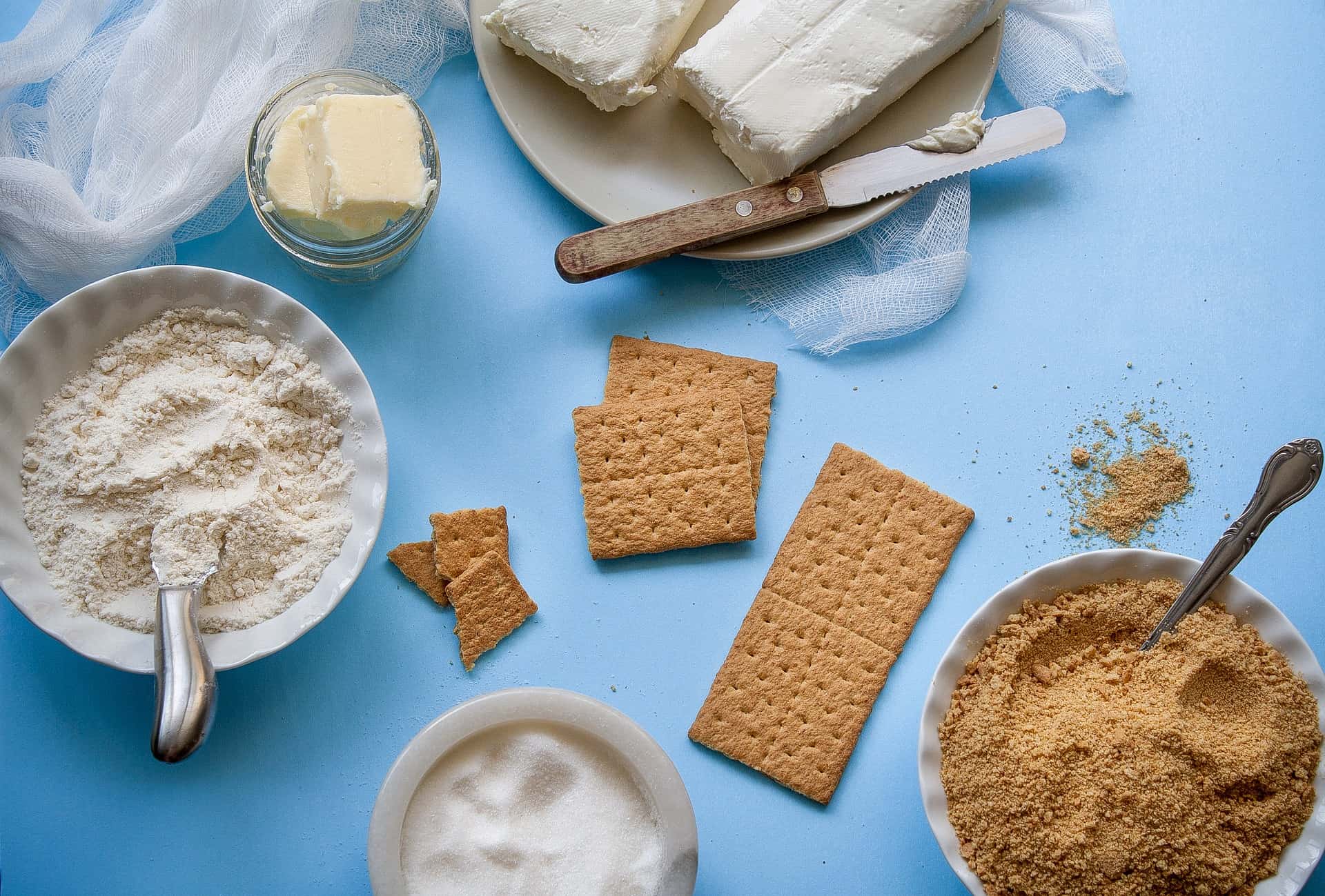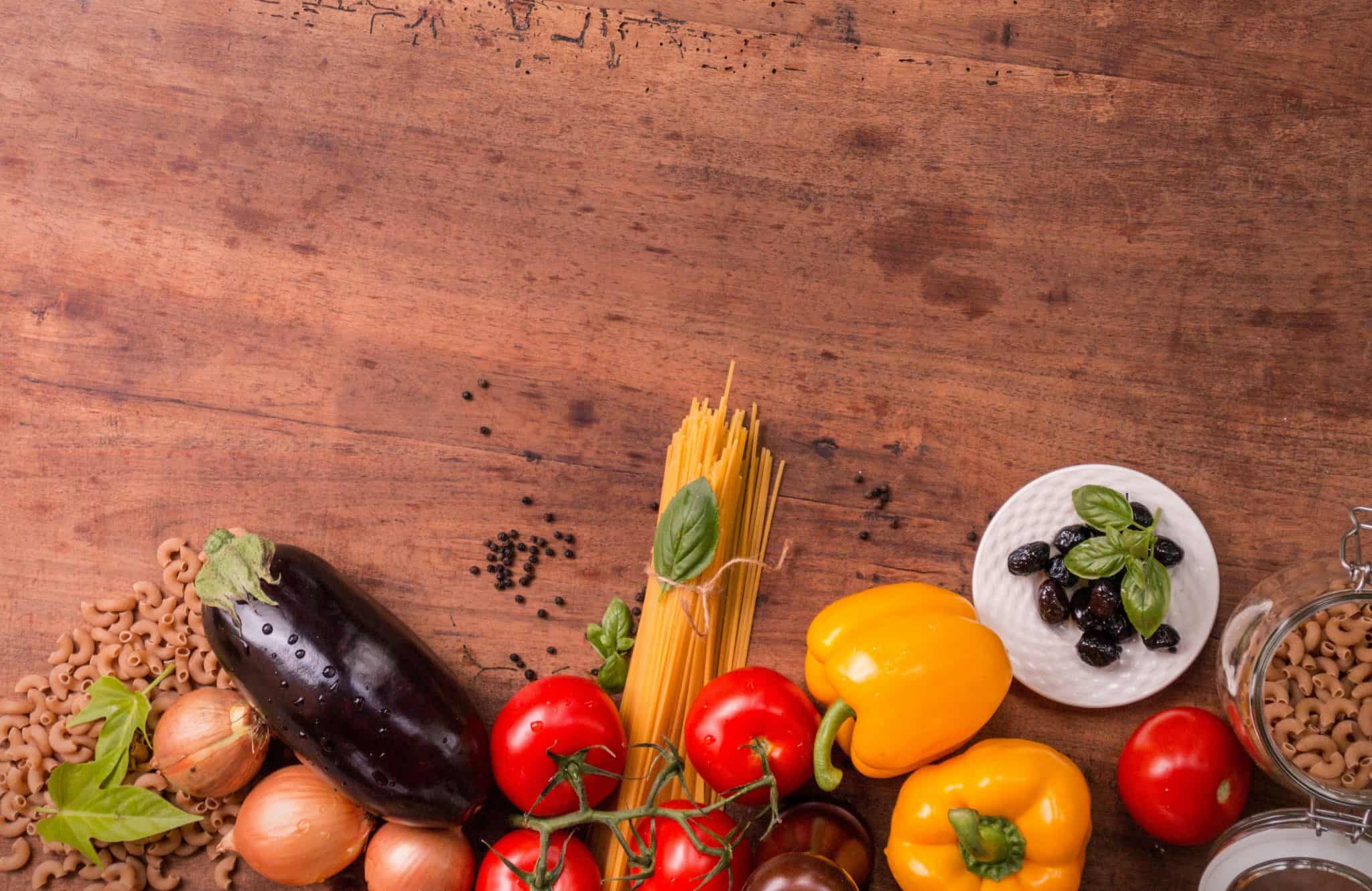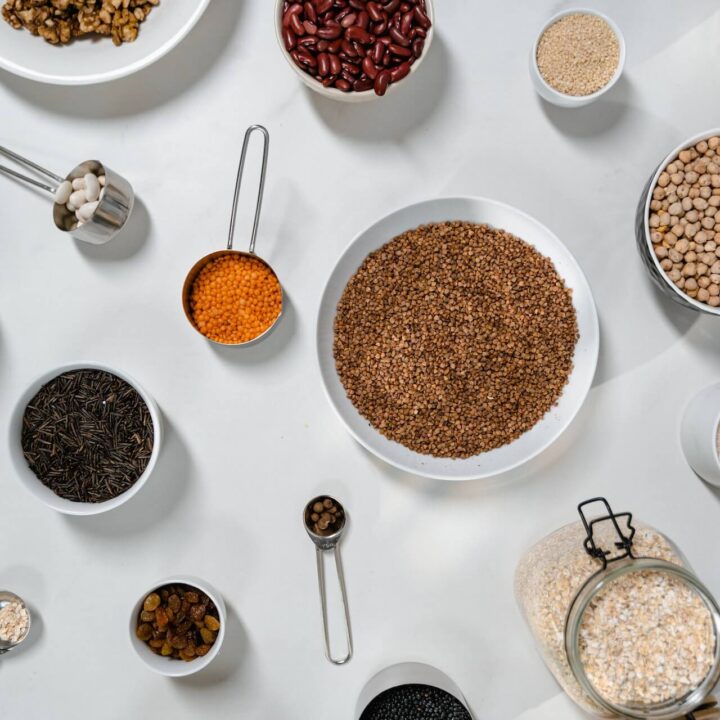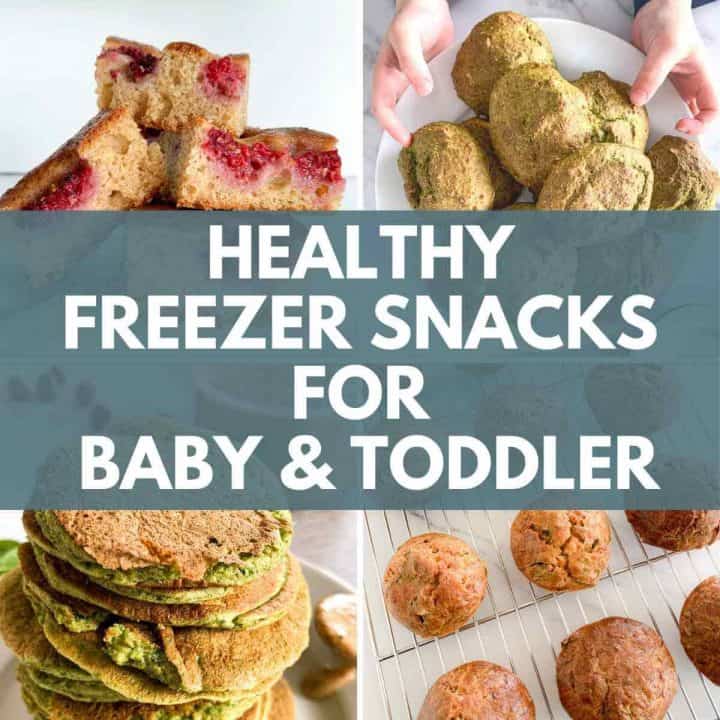Baby constipation is one of the most common problems during the transition to solid foods. Fortunately the problem can usually be easily resolved by a slight change in diet.

Your baby's transition to solid foods can be difficult. Finding healthy food your baby actually wants to eat is hard enough, and half of it still might end up on the floor. Then you find yourself re-evaluating the meal later while staring at a dry diaper. But baby constipation is one of the most common problems during the transition to solid foods.
It can result in a painful experience for your baby, and lots of time for you spent searching for solutions. Fortunately, the problem can usually be resolved easily by a slight change in diet.
Recognizing Baby Constipation
- Hard, dry or lumpy poops (may resemble stones or marbles)
- Pain and discomfort during bowel movements
- Slightly swollen belly
- Infrequent bowel movements
- Noticing blood in your baby's poop is a sign to call your doctor!
Common Causes of Hard Poops
- Recent introduction of solid foods
- Diet low in fiber
- Too much dairy
- Too much white grain foods (bread, pasta, white potatoes)
- Not enough water

How to Soften Your Baby's Poop
Eat Fewer Low-Fiber Foods:
- Dairy products: yogurt, cheese, cow's milk
- Starchy fruit: bananas
- Starchy vegetables: carrots, white potatoes
- "BRAT" foods: bananas, rice, applesauce, toast
- Red meats
Eat More High-Fiber Foods:
- "P-fruits": pears, prunes, plums, peaches
- 100% pasteurized fruit juices: grape, pear, apple, plum, prune (but no more than 3-5 oz/day)
- Legumes: kidney beans, peas, sweet potatoes
- Grains: buckwheat, barley, oat, whole wheat products
- Increase water intake

Monitoring Progress
Your baby is as unique as you think. So their digestion might not respond like anyone else, and the "right" solution will be different for everyone. So it's important to keep an eye on the signs and symptoms of constipation in your child as well as their diet beforehand. If the problem persists and changes in diet haven't helped, keeping a food and poo diary can be helpful prior to reaching out to your pediatrician or nutritionist.

Keeping a Food and Poop Diary
- Write a meal plan for the upcoming week
- Monitor your baby's poos, either with a worksheet or an app (we've used this one - it's simple to use, can record way more than poo, and you and your partner can sync your apps)
- Note the daily poo frequency as well as consistency/color/texture and any other symptoms you notice (e.g. hard stomach, crying, fussiness)
This way it will be easier to identify if a specific food is causing constipation issues and should be avoided or if a specific food is helping ease the pain. If you can't identify the causes of the problem, speak to your pediatrician who should be able to address any other underlying issues.
Resources
- Vandenplas Y, Gutierrez-Castrellon P, Velasco-Benitez C, Palacios J, Jaen D, Ribeiro H, Shek LP, Lee BW, Alarcon P. (2013) Practical algorithms for managing common gastrointestinal symptoms in infants. Nutrition. 29:184-194.
- Koppen IJN, Lammers LA, Benninga MA, Tabbers MM. (2015) Management of Functional Constipation in Children: Therapy in Practice. Pediatr Drugs. 17:349-360.
- Waheed A, Malone M, Samiullah S. (2018) Functional Gastrointestinal Disorders: Functional Gastrointestinal Disorders in Children. Fp Essent. 466:29-35.
- Morais MB, Vítolo MR, Aguirre AN, Fagundes-Neto U. (1999) Measurement of low dietary fiber intake as a risk factor for chronic constipation in children. J Pediatr Gastroenterol Nutr. 29:132–5.





Comments
No Comments